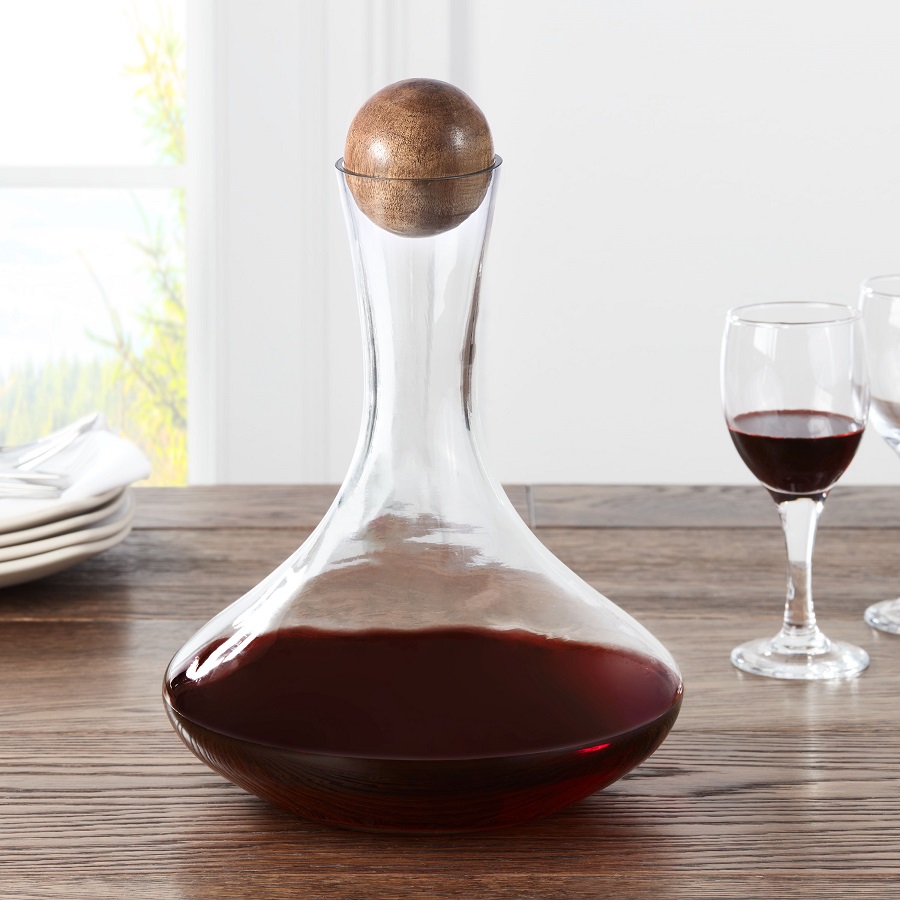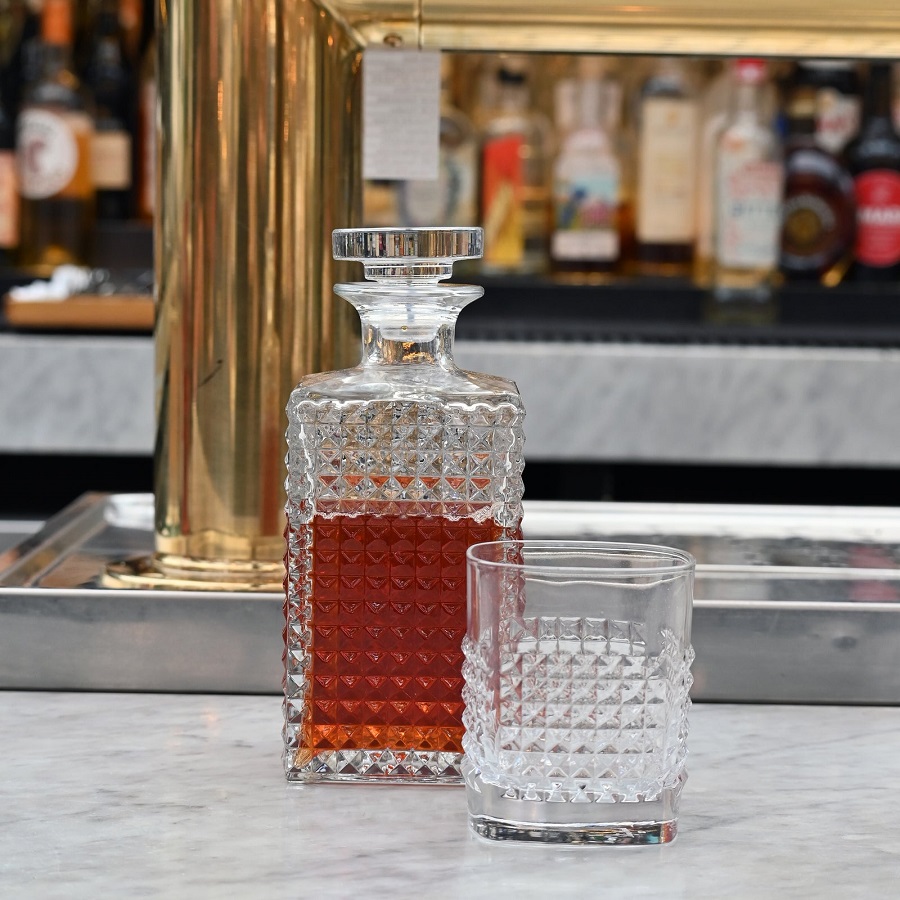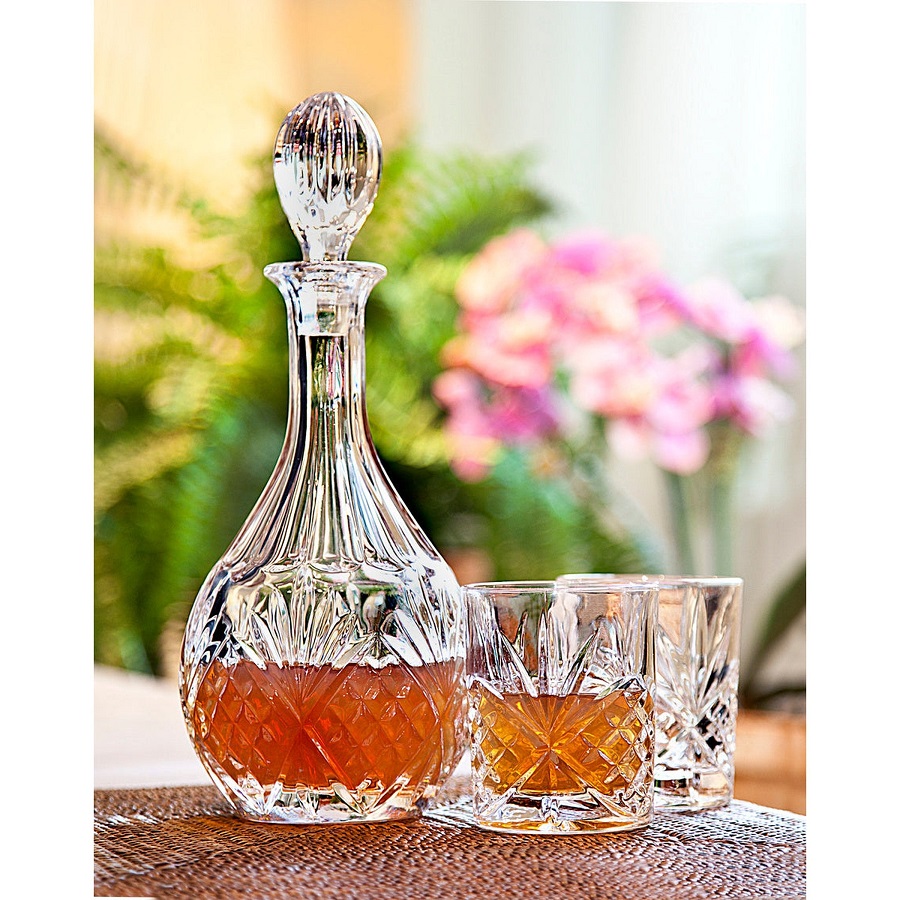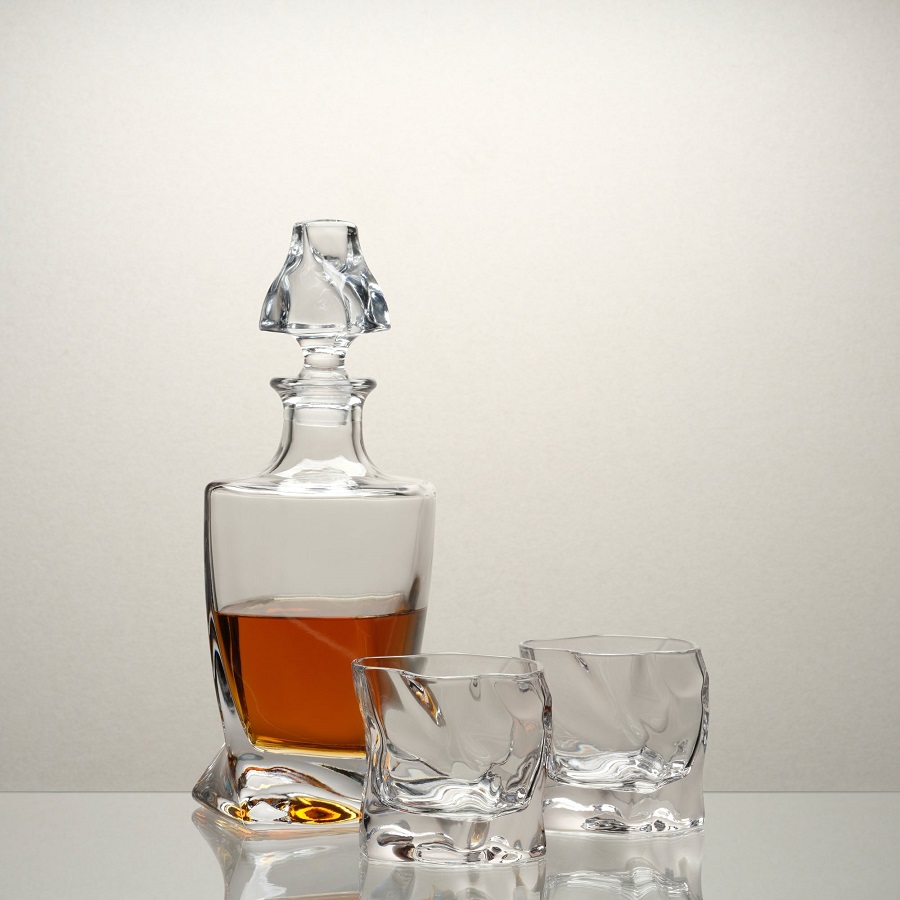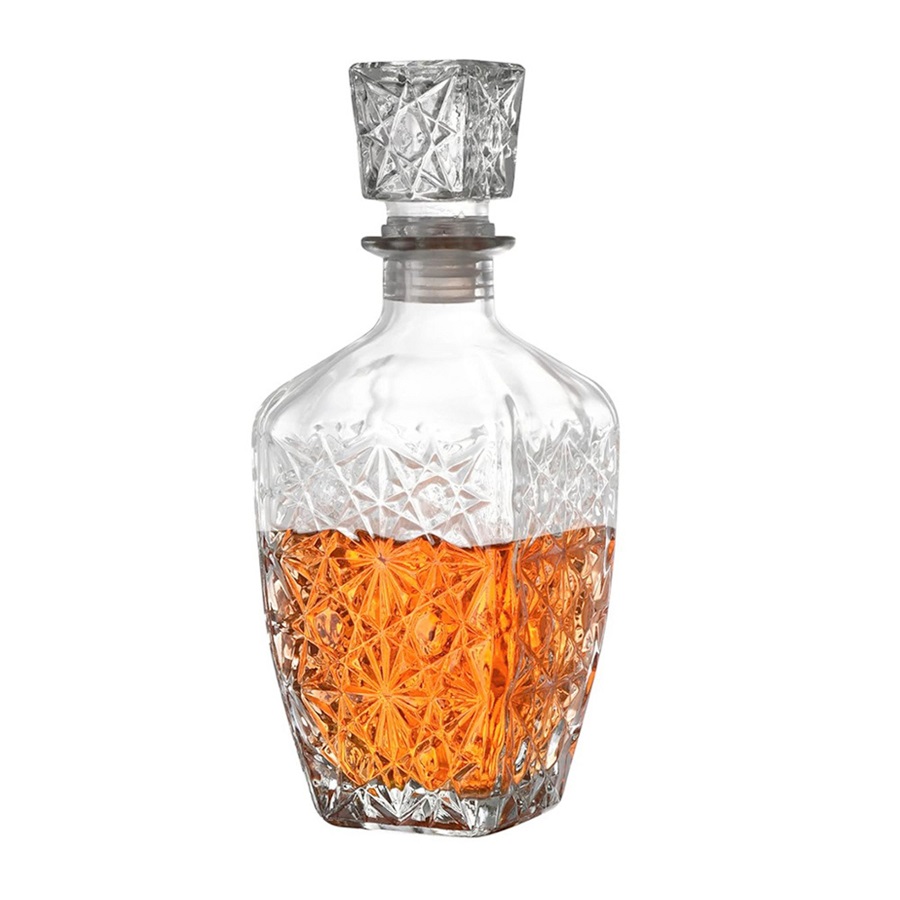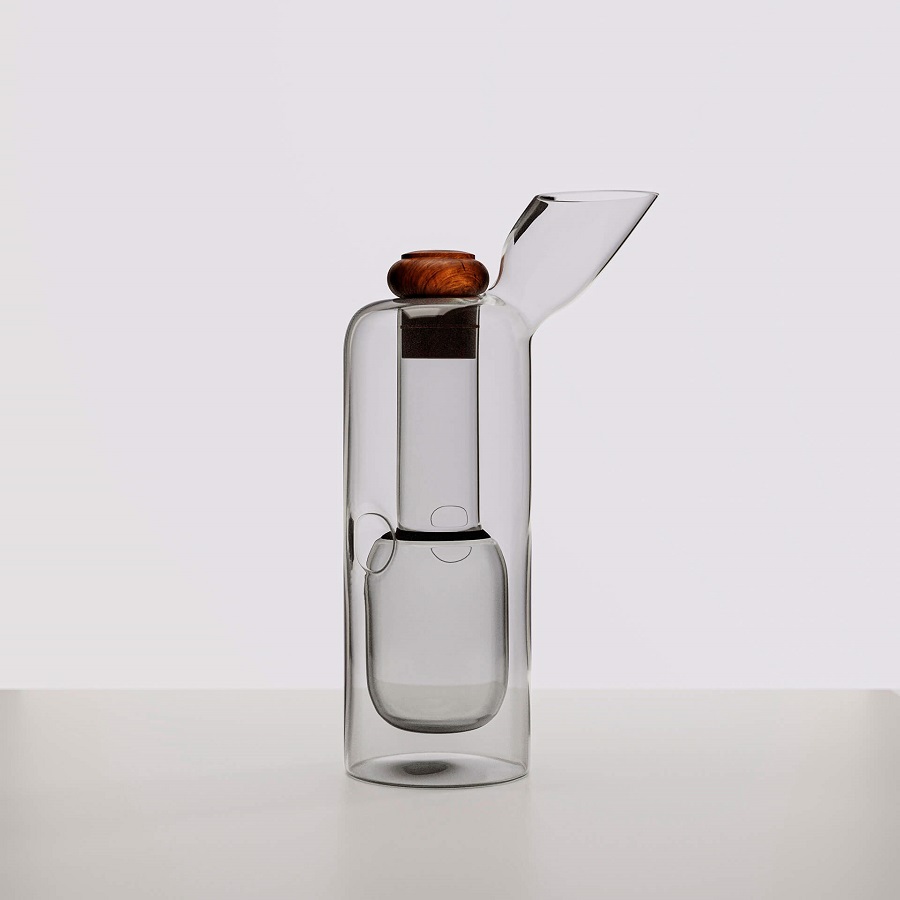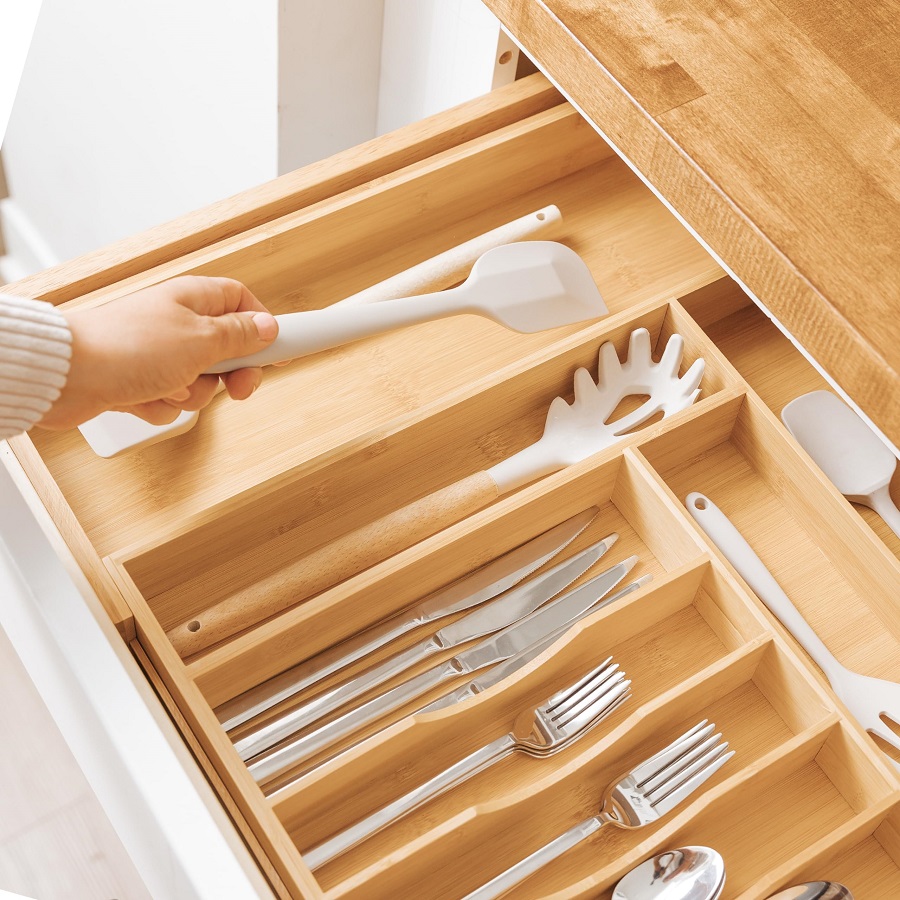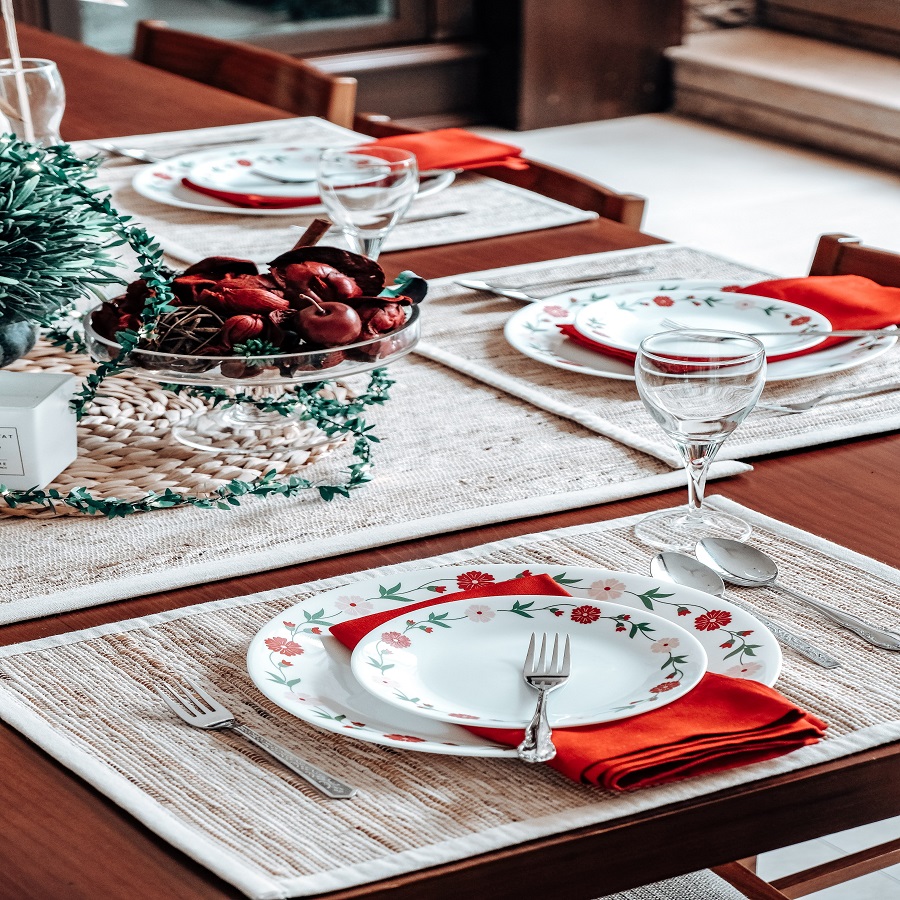Introduction
Decanting wine is often seen as a ritual reserved for special occasions or high-end bottles, but in reality, it can enhance the experience of any bottle, no matter its price point. This seemingly simple practice is not just about serving wine in an elegant vessel; it’s a nuanced art that brings out the wine’s full potential. In this piece, we’ll explore the various aspects of decanting—its history, the benefits, techniques, and tips to elevate your wine experience.
A Brief History of Decanting
Decanting has roots dating back to the ancient Romans, who would pour wine from amphorae into vessels for a more refined presentation. In the 18th century, glass art and crystal-making advanced significantly, leading to the creation of ornate decanters primarily for aesthetic purposes. High-quality wines were not merely enjoyed for their flavor; they became objects of art in themselves. Today, decanters are widely available in various designs, allowing wine enthusiasts to choose one that fits their style while understanding the purpose behind the practice.
Why Decant?
Aeration
One of the primary reasons for decanting wine is to introduce it to oxygen. Many young red wines, especially those high in tannins (like Cabernet Sauvignon or Syrah), benefit from aeration because it softens their flavors and releases aromatic compounds. The exposure to air allows volatile compounds to evaporate, thereby revealing a wine’s true bouquet of scents.
- Tip: If your wine is particularly young or tannic, allowing it to breathe in a decanter for 30 to 60 minutes before serving can significantly enhance its flavor profile.
Sediment Separation
Older wines, particularly reds, can accumulate sediment—a natural byproduct of the winemaking process. This sediment can affect the clarity and taste of the wine, making it gritty and unpalatable. Decanting helps separate the clear wine from the sediment, leading to a cleaner tasting experience.
- Tip: When decanting an older wine, tilt the bottle at a slight angle and ensure it remains upright until you see sediment approaching the neck. Once it reaches the neck, stop pouring and leave the remainder in the bottle.
Presentation
Decanting can also elevate the aesthetic experience of wine drinking. A beautiful decanter becomes a centerpiece, enhancing the visual aspect of the tasting. The elegance of pouring wine from a decanter adds a touch of sophistication to any gathering.
The Decanting Process
Decanting wine involves a few simple steps, but mastery lies in the details:
Choose the Right Decanter
Decanters come in various shapes and sizes. A wide-base decanter allows for greater surface area contact with air, promoting faster aeration, while a narrower neck can help keep aromas concentrated. Choose one that suits the type of wine you’re decanting and your personal style.
- Suggestion: For young reds, a decanter with a wide base is usually preferable, while older wines might benefit from a more modest design to limit exposure.
Start with a Clean Decanter
Ensure the decanter is clean and free of any residual smells. Rinse it with warm water and let it air dry. Avoid detergent as it can interfere with the wine’s aromas.
Pouring Technique
Open your bottle and hold it upright for a few minutes to allow sediment to settle. Pour the wine slowly into the decanter, aiming for the side rather than directly into the bottom, as this helps minimize agitation and preserves the wine’s structure.
Observe and Taste
Once decanted, allow your wine to breathe. Observing its color as it transitions and releases aromas is an interactive element of the tasting process. Taste periodically to experience the evolving profile.
Additional Tips for Success
- Know Your Wine: Some wines require more time to breathe than others. Research to understand the optimal decanting time for your specific bottle.
- Temperature Matters: Serve wines at their ideal temperatures. White wines should be chilled, and reds should typically be served slightly cooler than room temperature.
- Experiment and Enjoy: Don’t be afraid to try decanting various wines and experiment with different times. Wine tasting is about personal experience, so find what works best for you.
- Use a Funnel: If you’re concerned about spills, a funnel can help when transferring wine from the bottle to the decanter.
- Try Different Vessels: While classic glass decanters are common, you can experiment with other vessels as well. Each might offer a new sensory experience through different shapes or materials.
What is a Decanter?
At its core, a decanter is a vessel, typically made from glass or crystal, used for holding and serving liquids such as wine, spirits, or even water. The primary purpose of a decanter is to aerate the liquid, allowing it to breathe, while also separating it from sediment. While decanters are often associated with wine, they can also be used to serve whiskey, brandy, and other spirits.
Historical Context
The use of decanters can be traced back to ancient civilizations. In the late 17th century, Europeans began using more decorative decanters made of cut glass, showcasing the craftsmanship of the era. By the 19th century, decanters were considered essential items for affluent households and became a statement of elegance and sophistication. Today, they continue to symbolize a refined taste and a passion for the drinking experience.
Benefits of Using a Decanter
- Aeration: One of the key benefits of decanting is aeration. When wine is poured into a decanter, it comes into contact with air, helping to release volatile compounds. This can soften tannins, making younger wines taste smoother, and enhancing the overall flavor profile of more mature wines.
- Separation of Sediment: Older wines, especially reds, can develop sediment over time. Decanting allows you to carefully separate the wine from this unwanted residue, ensuring a clearer pour and a more enjoyable drinking experience.
- Visual Appeal: A decanter can serve as a stunning centerpiece at any dinner table or bar. Available in various designs—from sleek modern styles to classic cut glass—decanting can add charm and sophistication to your table setting.
- Temperature Control: Decanters can help maintain an optimal temperature for your beverage. Depending on the material, they can retain coolness or warmth, affecting the experience of drinking.
- Enhanced Aromatics: With increased exposure to air, aromatic compounds are released, providing a more holistic sensory experience. This is particularly beneficial for complex wines and spirits with deep flavor profiles.
Styles of Decanters
Decanters come in a myriad of styles, each designed with specific functions and aesthetics in mind. Here are some of the most popular types:
- Classic Decanters: Often featuring a round or elongated shape, classic decanters are usually made from crystal. They provide ample surface area for aeration and often come with a stopper to minimize evaporation.
- Vintage Decanters: These can vary significantly in design and are typically sought after for their historical value. Vintage decanters may feature intricate detailing, textures, and unique forms that tell a story.
- Wine Decanters: Specifically designed for wine, these decanters often have a wider base to maximize aeration. Some feature a spout for easy pouring and are designed to separate sediment efficiently.
- Whiskey Decanters: Whiskey decanters may include features meant to highlight the spirit’s complexities, such as a more polished or angular design. Many come with matching whiskey glasses for a complete presentation.
- Carafes vs. Decanters: Carafes are similar but usually lack the stopper and focus more on serving than aerating. They are often used for water, juices, or other non-alcoholic drinks, although some may also serve wine.
- Ice Decanters: Some decanters come with an internal chamber for ice, allowing spirits to be chilled without dilution. This style is particularly popular for cocktails and other mixed drinks.
How to Use a Decanter
Using a decanter can enhance the drinking experience both in terms of taste and presentation. Here’s a step-by-step guide on how to properly use one:
- Choose the Right Decanter: Select a decanter based on the type of beverage you are serving. A broader base is generally preferred for red wines, while narrower designs might be suitable for whites or spirits.
- Pour Carefully: When transferring the wine from the bottle to the decanter, tilt the bottle slightly and pour slowly. For older wines, you can use a funnel to prevent sediment from entering the decanter.
- Let it Breathe: After pouring, allow the liquid to sit in the decanter for a period. Young wines may benefit from a few hours, while older wines may only need a brief time (30 minutes to an hour).
- Serve with Style: Once you’re ready to serve, use a clean, elegant glass to pour from the decanter. Enjoy the enhanced aromas and flavors that this simple act of transfer can provide.
- Clean Up: Ensure your decanter is properly cleaned after use. Rinse it out with warm water and let it dry upside down on a drying rack to prevent any particles from collecting inside.
Conclusion
The art of decanting is a delightful way to enrich your wine experience, bringing out the best flavors and nuances in the bottle. Whether you’re a seasoned connoisseur or a casual wine drinker, embracing this practice can lead to memorable tastings and elevate even the simplest of gatherings. As you explore the world of decanting, remember that it’s not just about the procedure, but also about enjoying the journey of discovering each wine’s unique story—one elegant pour at a time.

